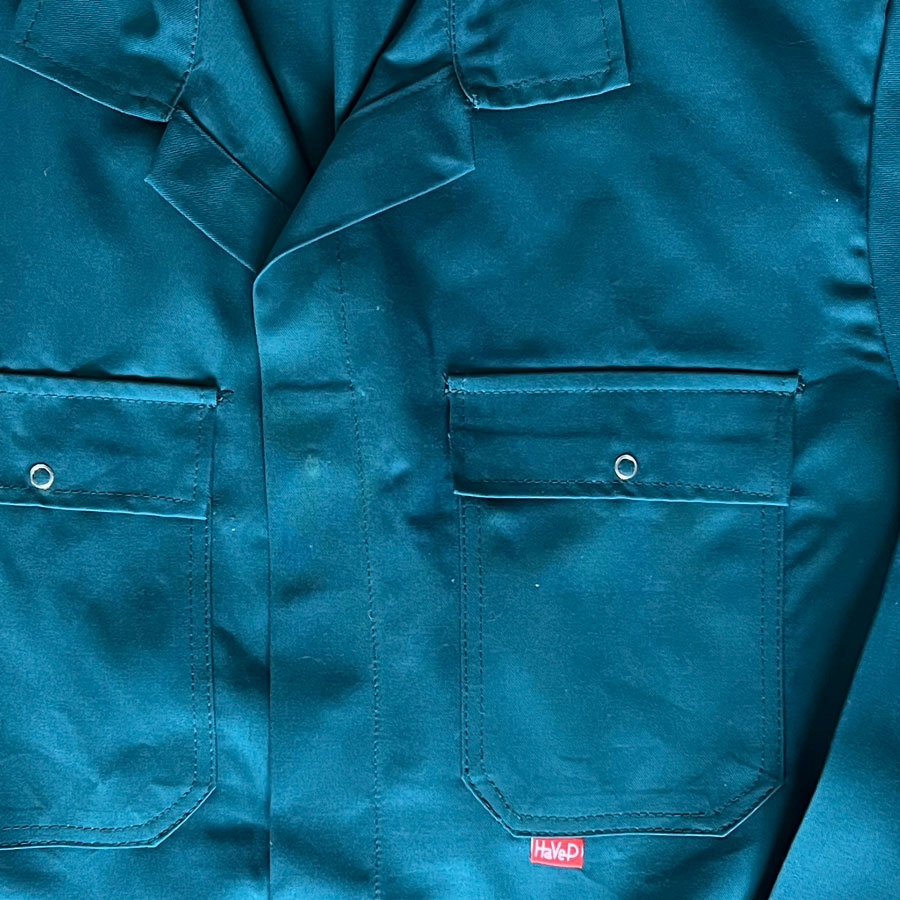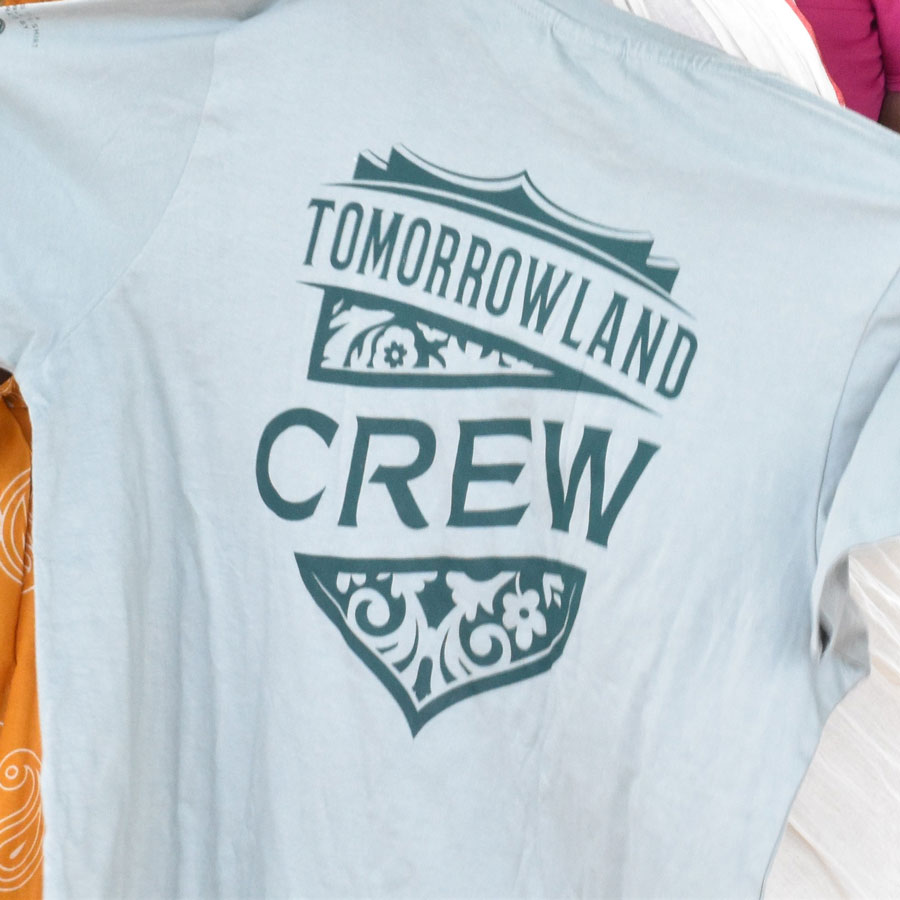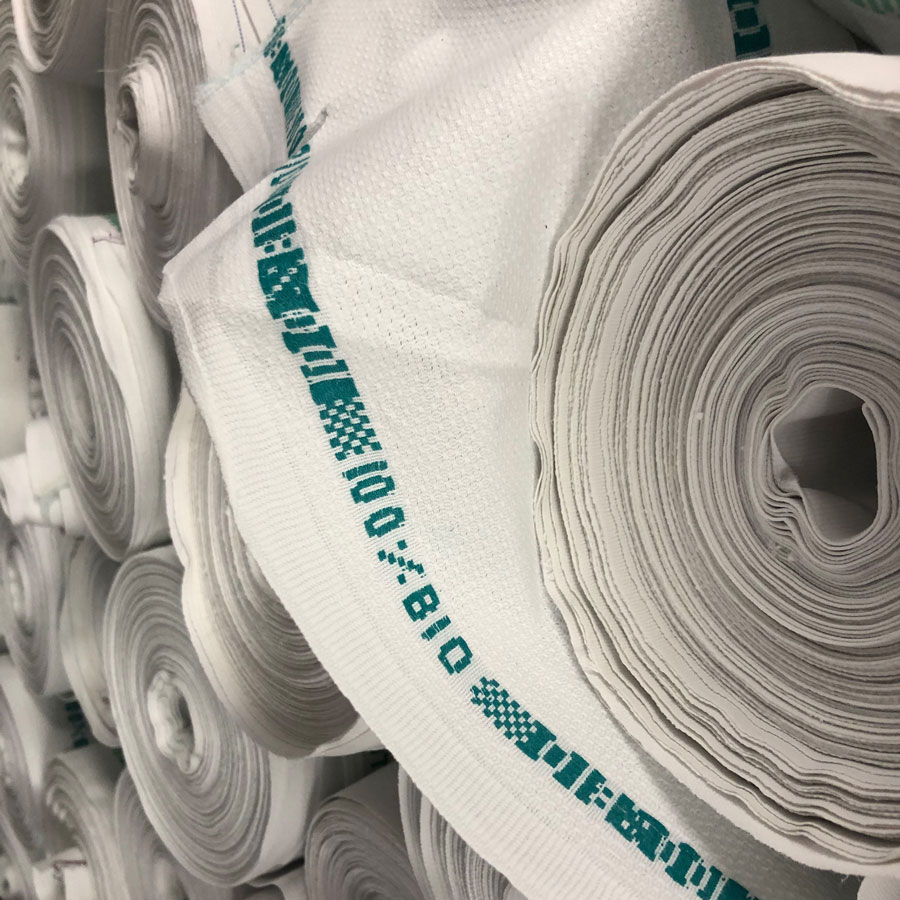Design of the cascade
• Concept definition
• System principles
• Cotton quality
• Recycling requirements
Cascade Design
The design of the Cotton Cascade aims to maximize resource effectiveness
by creating the most economic value over multiple use-times.
The research is focusing on both the technical feasibility of the cotton fibre as well as the development of collaborative business principles, based on values, trust and open communication. We envisage the cotton to be used in workwear, T-shirts, and hand towels before the cotton will be recycled and returned to the soil as landscape fabric. The journey starts with regenerative in-conversion to organic cotton, creating positive impact for the complete eco-system of planet & people from the seed onwards.

Workwear @HAVEP

T-Shirt @RaddisCotton

Handtowels @CWS
Learning from existing cascade models
Cascades, even though they are inherently part of the circular economy, are not yet widely practiced and thoroughly understood. Through literature reviews and by interviewing experts, existing (cotton) cascades will be further investigated before we start on designing our own cotton cascade.
Backcasting
is a planning method that starts with defining a desirable future and then works backwards to identify requirements that will connect that specified future to the present.
Requirements of each
transformation step
In a workshop, the stakeholders (project partners and other collaboration partners) will look at ways to design a working cotton cascade using the tool of “back casting”, starting from the end (back to soil) all the way to the cotton seed.
During the research on the design of the cascade, there will be a focus on the technical requirements of each step of the cotton cascade such as fibre properties and material health of the cotton. The basic starting point is that at each (mechanical) transformation step, the cotton fibre will become a little shorter and in the next step, as a result, the opportunities for the creation of a new product from this same fibre needs to be adapted.
Innovation is key
Innovation studies will be conducted to investigate the best and most sustainable quality of cotton. For example, the project partner UPSET has introduced new techniques for fiberisation that ensure that fibres hardly decrease in length. In our research we will focus on the enablement of high(er) quality applications that could lead to an increased number of multiple lifetimes within in the cotton cascade.
Final stage is a safe return to the biosphere
In the final stage of recycling, the cotton fibre can be used as landscape fabric. This landscape fabric has the advantage that, unlike plastic non-degradable cloth, no plastic residues remain in the soil and even organic matter is added to the soil.
UPDATES
This research project has been granted a RAAK-mkb subsidy by Regieorgaan SIA. Regiorgaan SIA encourages the professionalisation and strengthens the quality of applied research in universities of applied sciences in the Netherlands. Universities of applied sciences in the Netherlands carry out applied research which arises from issues or problems in practice. Initator: Yassasree B.V. as part of the @GVKSociety. Project lead: Avans University of Applied Science.
Read about the project on the SIA website (Dutch)
